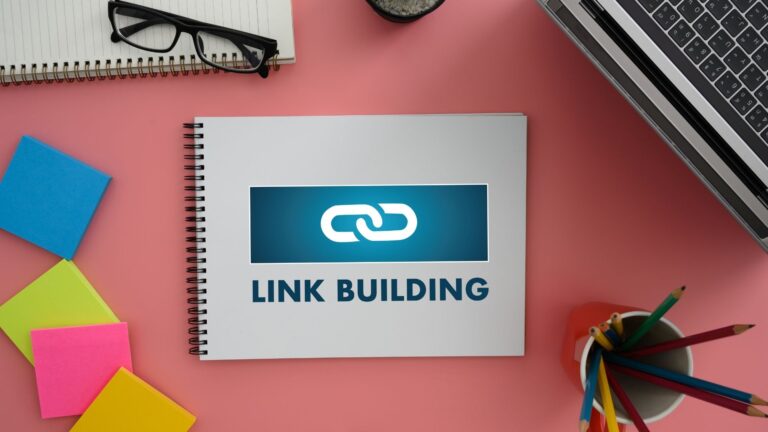Search engine optimization (SEO) is a crucial element in the success of any online business. It involves optimizing your website to rank higher on search engines and attract more organic traffic. While there are many ways to optimize your website for SEO, one of the most important is on-page optimization.
On-page optimization refers to the process of optimizing individual web pages to rank higher and earn more relevant traffic. In this article, we’ll discuss 10 on-page SEO best practices that you can use to boost your website’s ranking and attract more visitors.
Conduct Keyword Research
The first step in any SEO strategy is to conduct keyword research. This involves identifying the keywords and phrases that your target audience is searching for and incorporating them into your website’s content. Use tools like Google Keyword Planner, Ahrefs, or SEMrush to find keywords that are relevant to your business and have a high search volume.
Optimize Your Page Titles and Meta Descriptions
Your page titles and meta descriptions are crucial elements in on-page SEO. They provide information to search engines and users about what your page is all about. Make sure to include your primary keyword in your page title and meta description, as this can help improve your search engine rankings.
Use Header Tags (H1, H2, H3)
Header tags (H1, H2, H3) are important elements of on-page optimization. They provide structure and hierarchy to your content, making it easier for users to read and understand. Make sure to use your primary keyword in your H1 tag and use H2 and H3 tags to break up your content into subheadings.
Optimize Your Content
Your website’s content is one of the most important elements of on-page SEO. Make sure to create high-quality, unique content that provides value to your audience. Use your primary keyword throughout your content, but make sure not to overdo it. Aim for a keyword density of 1-2%.
Use Image Alt Tags
Using alt tags for your images is another important on-page SEO best practice. Alt tags provide context to search engines about what your images are all about. Make sure to include your primary keyword in your alt tags, but also make sure to describe the image accurately.
Improve Your Website’s Load Time
Website speed is an important ranking factor in on-page SEO. Make sure to optimize your website’s load time by compressing images, minimizing HTTP requests, and using a content delivery network (CDN).
Use Internal Linking
Internal linking is another important on-page SEO best practice. It involves linking to other pages on your website within your content. This helps search engines understand the structure of your website and can also help improve user experience.
Make Your Website Mobile-Friendly
Mobile optimization is crucial in today’s digital age. With more and more people accessing the internet on their mobile devices, it’s important to make sure that your website is mobile-friendly. Use a responsive design that adapts to different screen sizes and make sure your website’s content is easily accessible on mobile devices.
Improve Your Website’s User Experience
User experience is an important element of on-page SEO. Make sure your website is easy to navigate, with clear calls to action and a simple, intuitive layout. Aim to provide a positive user experience to keep visitors on your site for longer.
Monitor Your Website’s Analytics
Finally, it’s important to monitor your website’s analytics to track your on-page SEO progress. Use tools like Google Analytics to track your website’s traffic, bounce rate, and other key metrics. Use this data to make informed decisions about your on-page optimization strategy.
On-page SEO is an essential component of any successful SEO strategy. By following these 10 on-page SEO best practices, you can improve your website’s ranking and attract more organic traffic.
Remember that SEO is an ongoing process, and you should continuously monitor your website’s analytics and adjust your strategy as needed. By consistently optimizing your website’s on-page elements, you can stay ahead of the competition and attract more relevant traffic to your website.




